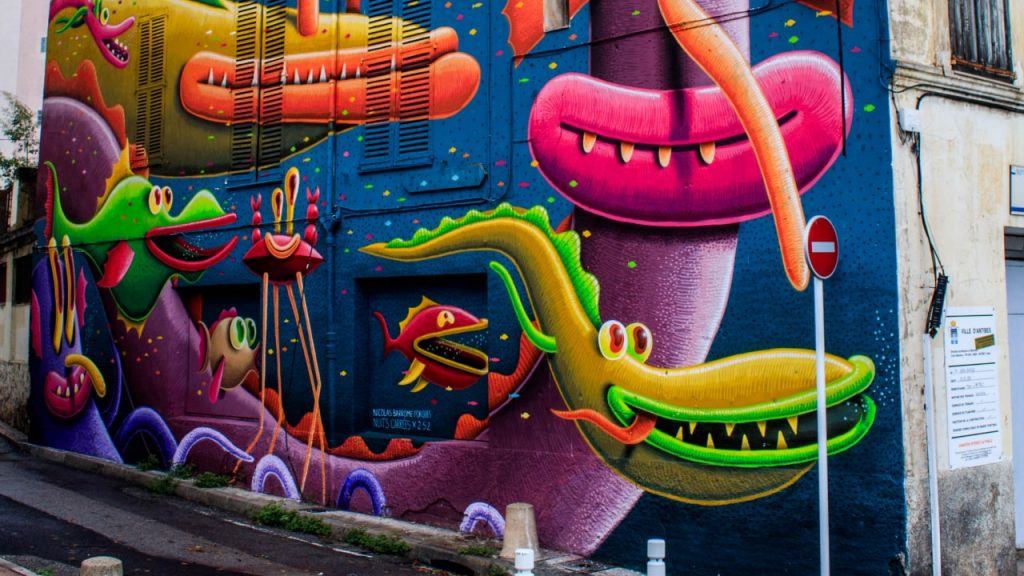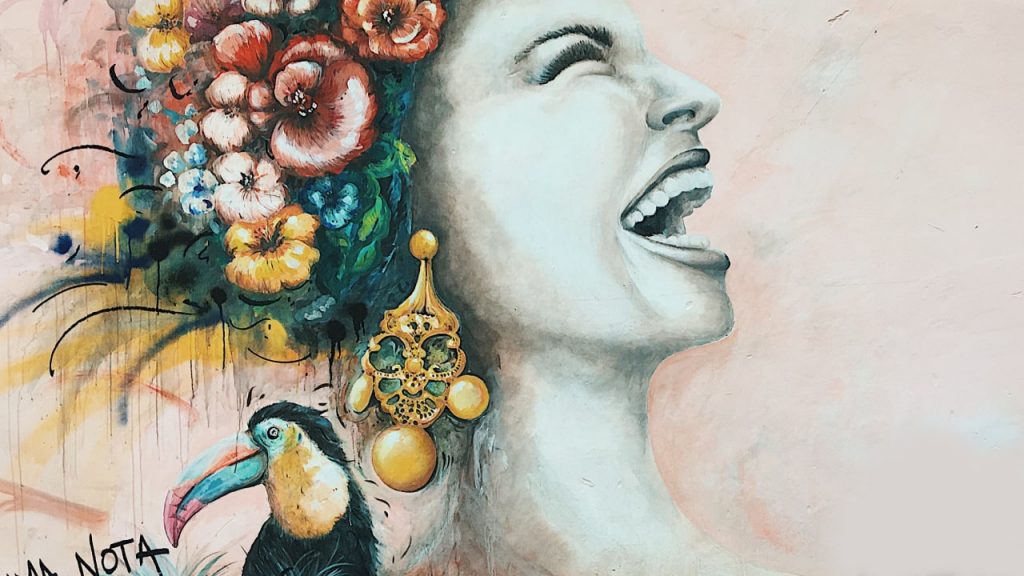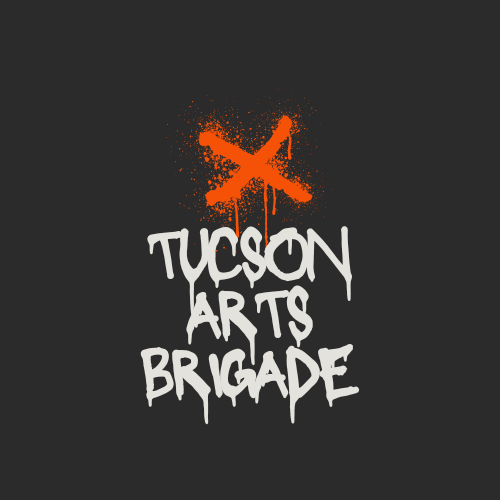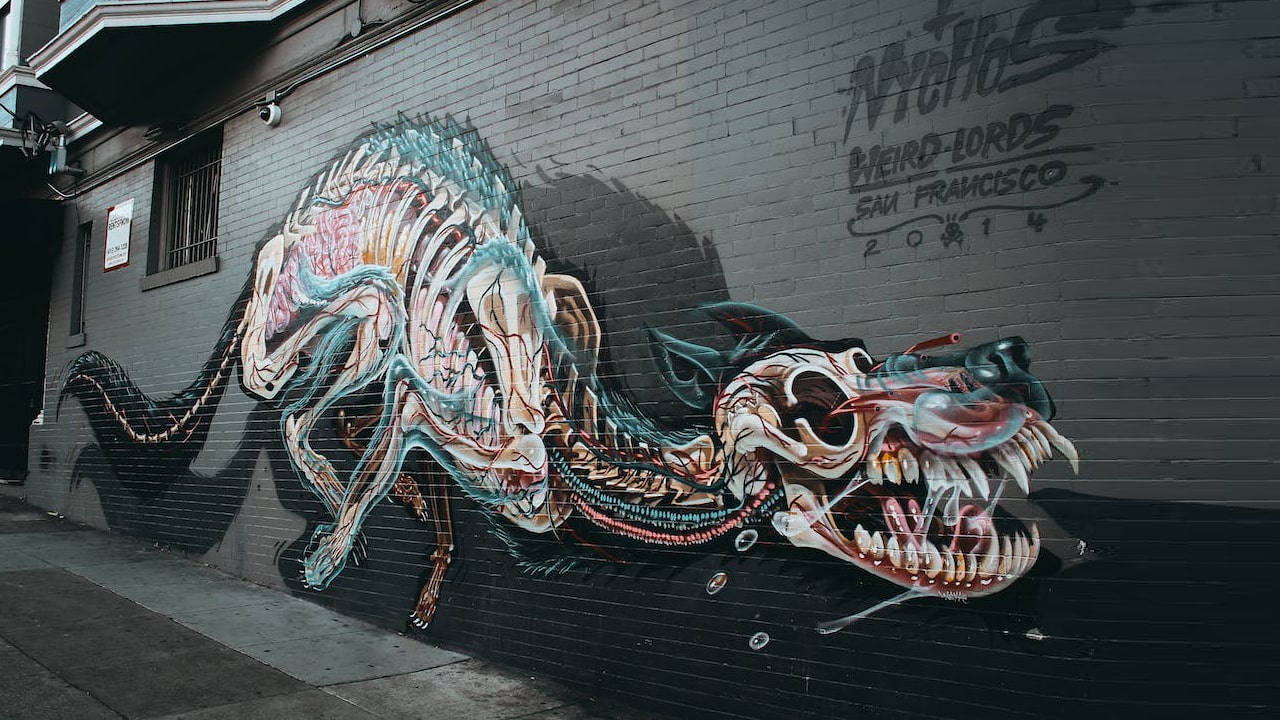Street art is a form of artistic expression that is typically created in public spaces such as walls, buildings, and sidewalks. It encompasses a variety of styles, techniques, and mediums, and has evolved significantly over time. From its origins as a form of rebellion and vandalism to its current status as a legitimate art form, street art has undergone many changes throughout history.
In this blog post, we will explore the evolution of street art through time and examine how it has become an important means of expression and social commentary.
Origins of Street Art
Street art has its origins in the early forms of graffiti and tagging that emerged in the 1960s and 1970s. These early forms of street art were created by young people in urban areas who were looking for a way to express themselves and leave their mark on the city.
Graffiti and tagging were initially viewed as acts of vandalism and were often punished harshly by authorities. However, these forms of street art continued to grow in popularity, and soon became a means of self-expression and rebellion.

Graffiti and Tagging
Graffiti and tagging were the dominant forms of street art in the 1970s and 1980s. Graffiti typically involves writing words or creating images using spray paint or markers, while tagging is a simpler form of graffiti that involves writing one’s name or initials in a stylized way. Graffiti and tagging were often used by young people in urban areas to mark their territory and assert their presence.
Graffiti and tagging also played an important role in the development of street art as an art form. Many street artists who started as graffiti writers or taggers later developed more elaborate styles and techniques that incorporated elements of fine art. Graffiti and tagging also influenced the development of street art in terms of the use of color, line, and shape.
Stencil Art
Stencil art emerged in the 1980s as a new form of street art. Stencil art involves creating a stencil of a design or image and then spraying paint through the stencil onto a surface. Stencil art became popular among street artists because it allowed for greater precision and control than traditional graffiti. It also allowed artists to create more elaborate and detailed designs.
Notable stencil artists include Banksy, who is known for his politically charged stencil art that often critiques social and political issues. Other notable stencil artists include Blek le Rat and Jef Aerosol, who are known for their intricate and highly detailed stencil art.
Murals and Street Art Festivals
Murals and street art festivals have become an important part of the evolution of street art. Murals are large-scale works of art that are typically painted directly onto walls or buildings. Murals can be created using a variety of techniques, including spray paint, stencils, and brushes. They are often used to beautify public spaces and convey a message or tell a story.
Street art festivals are events that bring together street artists from around the world to create new works of art in public spaces. Street art festivals are often organized by local communities or art organizations and are designed to celebrate street art as a legitimate art form. They provide a platform for street artists to showcase their work and collaborate with other artists.
Notable murals and street art festivals include the Wynwood Walls in Miami, Florida, the Mural Arts Program in Philadelphia, Pennsylvania, and the Stavanger Street Art Festival in Stavanger, Norway.

Digital and Virtual Street Art
Technology has also played a role in the evolution of street art. Digital and virtual street art have emerged as new forms of street art that utilize technology to create works of art in public spaces. Digital street art involves using digital technology to create images or animations that can be projected onto buildings or other surfaces in public spaces.
This allows street artists to create works of art that are dynamic and interactive. Virtual street art involves creating digital works of art that can be viewed using augmented reality technology. This technology allows viewers to see digital works of art overlaid in real-world environments.
Notable examples of digital and virtual street art include the work of the artist duo known as the Graffiti Research Lab, who create interactive light installations in public spaces, and the AR app called ARtivive, which allows users to view digital street art using augmented reality.
Conclusion
Street art has come a long way since its origins as a form of rebellion and vandalism. Today, it is recognized as a legitimate form of artistic expression and social commentary. Street art has evolved to encompass a variety of styles, techniques, and mediums, including graffiti, tagging, stencil art, murals, and digital and virtual street art.
Street art has also become an important means of expression for marginalized groups and communities. It allows them to claim their space in the city and to express their ideas and beliefs in a public forum. Street art has also become a way for artists to engage with social and political issues and raise awareness about important causes.

